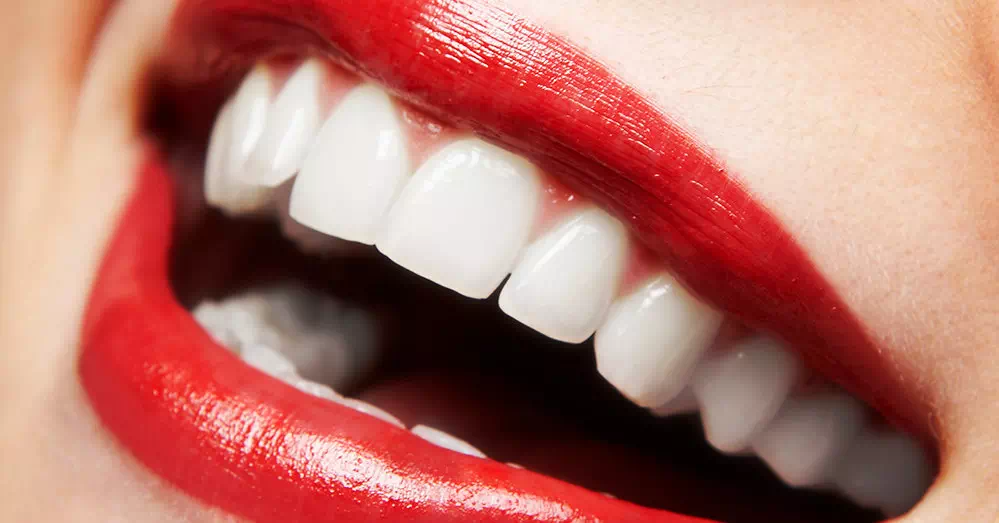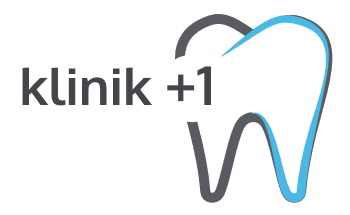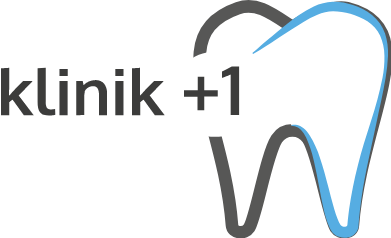Teeth Whitening

Teeth Whitening Treatment: Advantages, Techniques and Everything You Need to Know
Having a beautiful, bright smile can do wonders for your confidence and overall appearance. Teeth whitening is a popular cosmetic dental treatment that can help remove stains and discoloration, giving you a brighter, whiter smile. In this article, we’ll discuss the advantages of teeth whitening, the techniques used, and everything else you need to know about this popular dental treatment.
Advantages of Teeth Whitening
There are several advantages to teeth whitening. The most obvious advantage is the improvement in the appearance of your smile. A brighter, whiter smile can make you look younger, more attractive, and more confident. However, there are other benefits to teeth whitening, including:
- Increased Self-Confidence: A brighter, whiter smile can boost your self-esteem and make you feel more confident in social and professional situations.
- Improved Oral Health: Teeth whitening can also help improve your oral health by removing surface stains and discoloration that can lead to tooth decay and gum disease.
- Long-Lasting Results: With proper care, teeth whitening can provide long-lasting results, helping you maintain a bright, white smile for years to come.
- Affordable: Teeth whitening is a relatively affordable cosmetic dental treatment, making it accessible to a wide range of patients.
- Non-Invasive: Teeth whitening is a non-invasive dental treatment, meaning that it does not require any drilling or invasive procedures.
How Does Teeth Whitening Work?
Teeth whitening works by using a bleaching agent to remove stains and discoloration from the teeth. The most common bleaching agent used in teeth whitening is hydrogen peroxide. When applied to the teeth, the hydrogen peroxide breaks down into oxygen and water, and the oxygen penetrates the enamel and dentin of the teeth, removing stains and discoloration.
There are two main techniques used for teeth whitening: home bleaching and office bleaching.
Home Bleaching
Home bleaching is a teeth whitening technique that can be done in the comfort of your own home. This technique involves using a custom-fitted tray that is filled with a bleaching gel and worn for a specified period of time. Home bleaching can take several weeks to achieve the desired results, but it is a more affordable option compared to office bleaching.
Office Bleaching
Office bleaching, also known as in-office bleaching, is a teeth whitening technique that is done in a dental office. This technique involves using a high-concentration bleaching gel that is applied to the teeth and activated with a special light. Office bleaching typically takes about an hour to complete and can produce immediate results.
Both home bleaching and office bleaching are effective teeth whitening techniques, but they have different advantages and disadvantages. Home bleaching is a more affordable option and can be done at your own convenience, but it can take several weeks to achieve the desired results. Office bleaching, on the other hand, produces immediate results but can be more expensive and time-consuming.
Is Teeth Whitening Safe?
Teeth whitening is generally considered safe when done under the supervision of a dental professional. However, like any dental treatment, there are some risks and potential side effects to be aware of.
The most common side effect of teeth whitening is tooth sensitivity. This sensitivity is usually temporary and can be managed with over-the-counter pain relievers or desensitizing toothpaste. Some patients may also experience gum irritation or discoloration, but these side effects are rare.


Is Teeth Whitening Applicable to Everyone ?
Whether people are suitable for this treatment is only revealed after the examination of the dentist. In general, teeth whitening can be applied to people who do not have any kind of tooth and gum disease. People who have advanced decayed teeth in the oral cavity or have gum disease should eliminate these existing discomforts before starting teeth whitening treatment. In addition, people who will be treated for bleaching must be at a certain age. In addition, pregnant women and nursing mothers are not recommended to have this treatment.
Clinical studies have shown that the solutions used in the whitening application do not cause any harm to the teeth or gums. There is no scientific data showing that there are structural changes or permanent damage to the teeth in the whitening application.
Are There Any Side Effects of The Application ?
Due to the gels used in the teeth whitening application, a slight sensitivity may occur in the teeth. Consuming extremely hot or cold foods and beverages can cause discomfort in the teeth.
But over time, this discomfort disappears. Fluoride, toothpaste, and creams given by your dentist after the application will reduce the sensitivity.

Dental Treatments
- Conscious Sedation
- Gum Aesthetic
- Teeth Whitening
- Braces (Orthodontics)
- Teeth cleaning ( Scaling Removal)
- Impacted Tooth Extraction
- Smile Design (Holywood Smile)
- Implant
- Root Canal Treatment
- Composite Laminate
- Laminated Veneer
- Porcelain Veneer
- Transparent Plaque Orthodontics (invisalign)
- Zirconium Veneers
Our Team
Contact us
Social Media

Request an Interview
Contact us now about Clinic +1 and all other issues, start receiving expert support.

